The furor centered around the large, multi-state outbreak of mysterious respiratory illness seen in users of vape cartridges continues to ripple through the country’s legal, and illegal, cannabis industries. Across 33 states, in both legal and illegal cannabis markets in the United States, over 450 people are sick with lung ailments and six people are dead. Though the details vary from case to case, the stricken seem are long-time users of vape pens and/or e-cigarettes. As cases multiply, the response from state and federal agencies has been gaining attention and growing in scope.
The prevailing theory among medical investigators has been the presence of synthetic fillers in the tainted cartridge liquid, particularly Vitamin E acetate found in black market devices. More common to face creams and dietary supplements, the liquid is odorless and close in appearance to other vaping solutions, making it a popular fill in. New York State health department lab results showed high amounts of the substance in 13 of the patient-submitted cartridges they analyzed, some measuring up to “50 percent of the liquid that is in the vaping [cartridge].” A new study on six lung-sick subjects out of the University of Utah was consistent with the Vitamin E theory, but “does not prove it”. Though Vitamin E acetate is contained almost exclusively in THC vape products, agencies are cautious to rule out nicotine vaping as a possible cause.
The Food and Drug Administration is still claiming it too early to pin blame on Vitamin E acetate as the definite culprit. In a statement given last week to NPR, FDA senior adviser Michael Felberbaum said: "The FDA is analyzing samples submitted by the states for the presence of a broad range of chemicals, including nicotine, THC and other cannabinoids along with cutting agents/diluents and other additives, pesticides, opioids, poisons and toxins. No one substance, including Vitamin E acetate, has been identified in all of the samples.”
They did, however, caution against buying any sort of vape device “on the street.” The Center for Disease Control has cautioned against using any kind of vape pen or e-cigarette until a better understanding of the condition is gained. The American Medical Association seconded that warning.
On Monday, New York Governor Andrew Cuomo confirmed that the Vitamin E theory was being actively pursued and, in the same press conference, announced that three companies whose products contain the harmful cutting agent—Mass Terpenes in Massachusetts who sell Pure Diluent brand, Honey Cut in California who make Honey Cut Diluting Agent, and Floraplex Terpenes in Michigan who sell Uber Thick brand agents)—have been subpoenaed to comply with the ongoing federal investigation.
The health crisis no doubt factored into President Trump’s sudden notice of the topic this week, as well as his call for a federal ban on flavored vape products, be they cannabis or tobacco.
The high-end California brand , whose image revolves around cannabis used for health and wellness, insisted their exclusion from the crisis in strong terms. “We want to reassure you that dosist products, specifically our vaporizer pens, are not involved in the CDC warning, events or investigation.”The common first response to the crisis from all sectors of the legal cannabis industry has been to denounce the sloppiness of the black market industry, and reassure consumers that they have taken far greater precautions to ensure a healthy product.
The high-end California brand dosist, whose image revolves around cannabis used for health and wellness, insisted their exclusion from the crisis in strong terms. “We want to reassure you that dosist products, specifically our vaporizer pens, are not involved in the CDC warning, events or investigation.”
Heavy Hitters, the best-selling high-potency vape cartridge brand, posted an affirmation of its products’ purity across company websites and social channels. “We love potent and tasty cannabis. That’s why we never have and never will allow any thinning agents including but not limited to Vitamin E, PG, VG or MCT.
Cresco Labs, a multi-state industry giant who touch all ends of the supply-chain from growth to retail, offered more detail in their own note of reassurance:
“At Cresco labs, we do not use Vitamin E Acetate as an additive in any vape products, nor do we use cutting agents such as polyethylene glycol (PEG), propylene glycol (PG), vegetable glycerin (VG) or medium chain triglycerides (MCT) which are used by many vape manufacturers.
Our vaping hardware is produced by vendors that maintain the highest quality standards, and we operate with the highest-level manufacturing processes in the most regulated cannabis programs in the country. All products are third-party tested for any outside contaminants to ensure compliance with all applicable state laws.”
Statements from national advocacy groups suggest that the the canna-business community views the risk of negative news around vaping to be a stark challenge for the still young legal industry. Aaron Smith, executive director of the National Cannabis Industry Association said in his organization’s official statement:
“The fact that so few of these cases have so far reported any link whatsoever to the legal cannabis market is a testament to the effectiveness of state regulators and licensed businesses at ensuring product reliability. As an industry, however, we view it as our duty to make sure whatever is causing these illnesses is not replicated in legal products and to work toward enacting regulations that can prevent similar public health issues from occurring in the future. The legal cannabis industry is paying very close attention to any new information provided by medical authorities regarding these cases.”
Smith also argues that the crisis provides all the more reason to end prohibition entirely, continuing:
“It is now the responsibility of Congress to end prohibition and regulate cannabis without delay. By removing cannabis from the schedule of controlled substances and instituting a clear regulatory framework through existing agencies, the federal government can provide helpful guidance to states that have or wish to establish regulated cannabis control systems while helping put irresponsible illicit market producers out of business for good.”
Speaking to Rolling Stone, Paul Armentano, deputy director of weed-advocacy group NORML said, “Consumers must…be aware that not all products are created equal; quality control testing is critical and only exists in the legally regulated marketplace.”
Ruben Honig, Executive Director of the United Cannabis Business Association, the country’s biggest trade organization for cannabis retailers, echoed that message in his own response to The Bluntness, but suggests there’s more blame to go around:
But is even licensed, regulated, compliant vaping actually safe? That’s a much tougher question to wrap your head around. Shannon Swantek, the Principal Scientist and CEO of California’s Enlightened Quality Analytics, has seen the state regulatory environment from the inside, serving as an advisor to legislators in Oregon and Massachusetts. At EQA, Swantek now helps cannabis businesses assess system-wide risks that go beyond the current letter of the law. And with vaping, she sees health risks that extend beyond any one detrimental additive.
“The regulated industry is already performing final product testing that is more stringent than most comparable industries,” says Swantek. “This event is an opportunity for the legal market, and processors specifically, to differentiate themselves and to respond to their customers with additional data from product life-cycle testing, such as combustion breakdown studies, that fills in the gaps.”
State and federal health agencies are currently in reaction mode, narrowing in on the cartridges that made people sick and the compounds they contained. But have they also been testing the potential implications of the materials that the cartridges themselves are made of? Do they know what percentage of the products on the market are likely to deviate from the tested and approved norms? Can they accurately predict their shelf-lives over time, or what may happen to anyone who uses them beyond it?
"Every regulated industry has a ‘reference’ or ‘primacy lab’ that is dedicated to studying emerging products, producing data in public health events, and performing research that drives industry standards,” says Swantek.
“How little we know about the cause of this event really drives home the need for a state or research institution to step up and fund a laboratory for this purpose.” It should be noted that Clear Cut, an Oregon-based brand who just pulled all the vape cartridges they cut with Vitamin E acetate off the state’s dispensary shelves, met every state regulation put in front of them this past May.
Which is not to say that the present risk should be met by mass panic or total prohibition. In a LinkedIn post, Max Simon, CEO of cannabis education company Green Flower gave context on the health risks posed by other legal industries as an argument for a proportional regulatory response. He said:
“So far in 2019:
320,000 people have died from tobacco.
58,666 people have died from alcohol related causes.
31,200 people have died from opiate overdoses.
26,515 people have died from gun related injuries.
5,280 veterans have committed suicide
6 people have died from black market contaminated vapes.
So yes, this is a big deal and needs to be taken very seriously. But this whole thing is getting out of control and I'm concerned by the way the government and media is sensationalizing this problem. It's time for some rational and factual consideration.”
It’s entirely unclear at this point that increased scrutiny on the industry, coupled with intense press interest, and the potential to blow the issue up into a political football on the cusp of a national election year will provide room for that rationality.


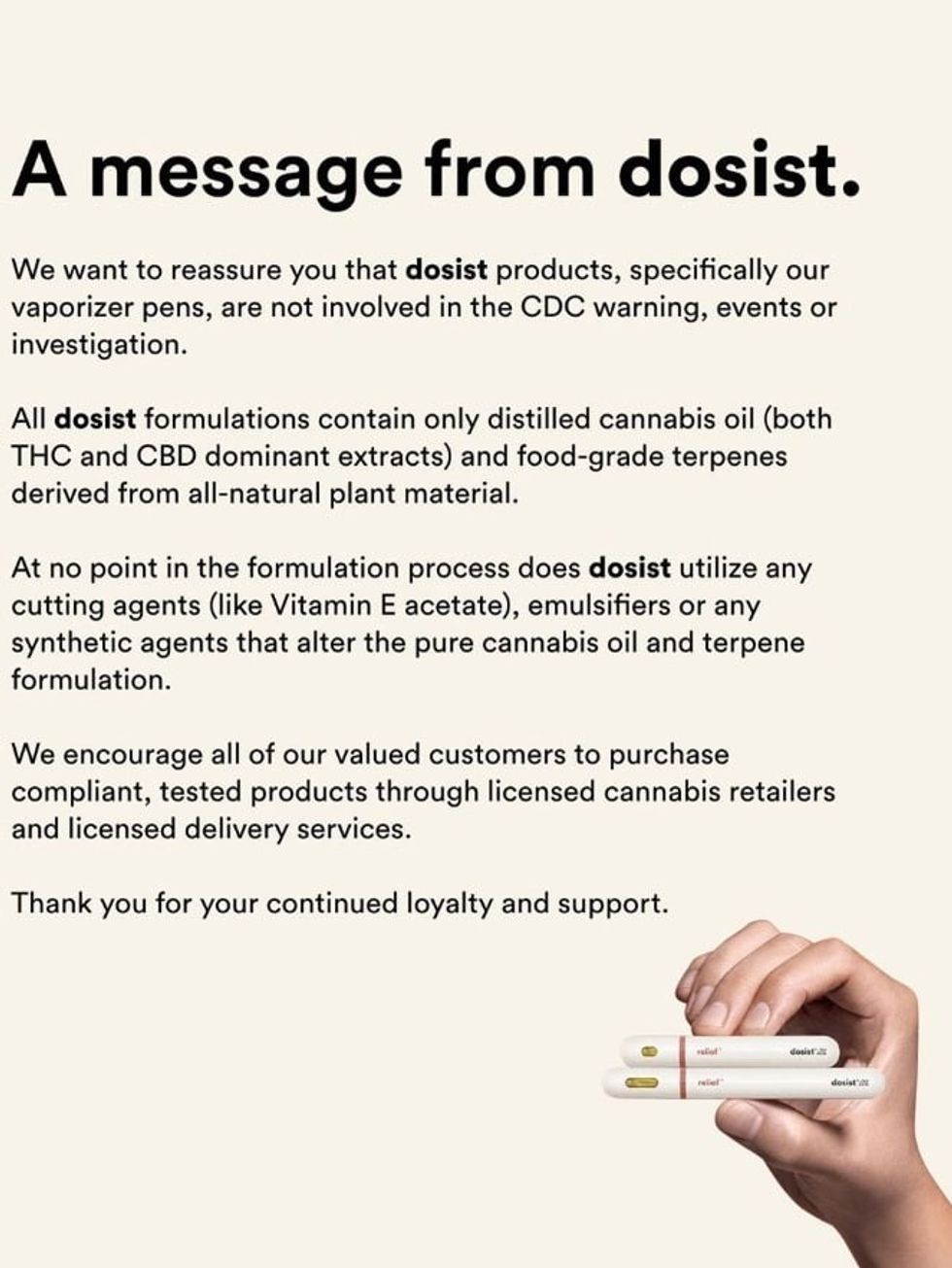


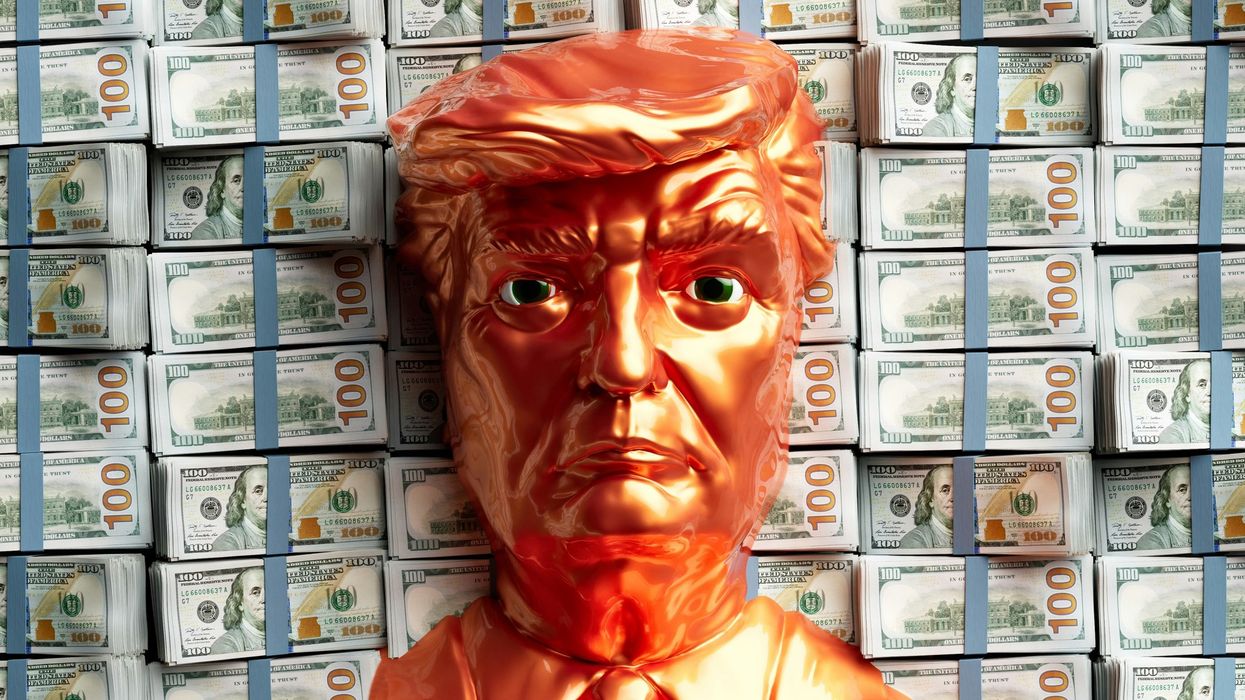
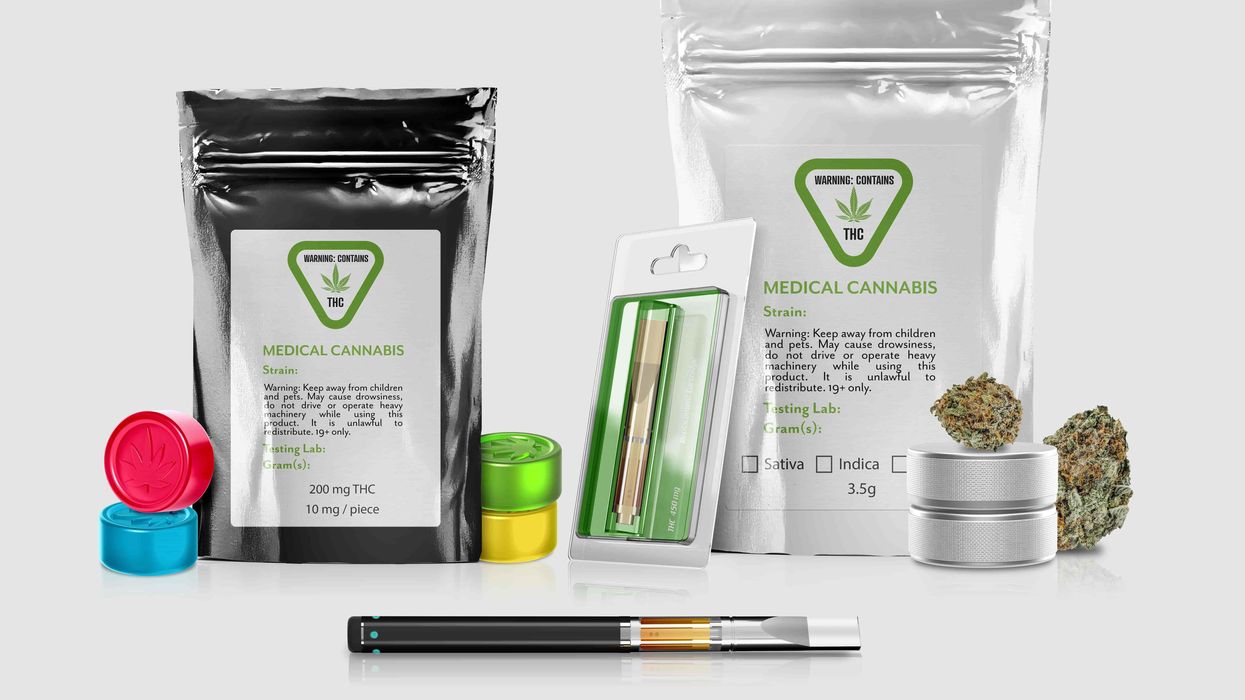

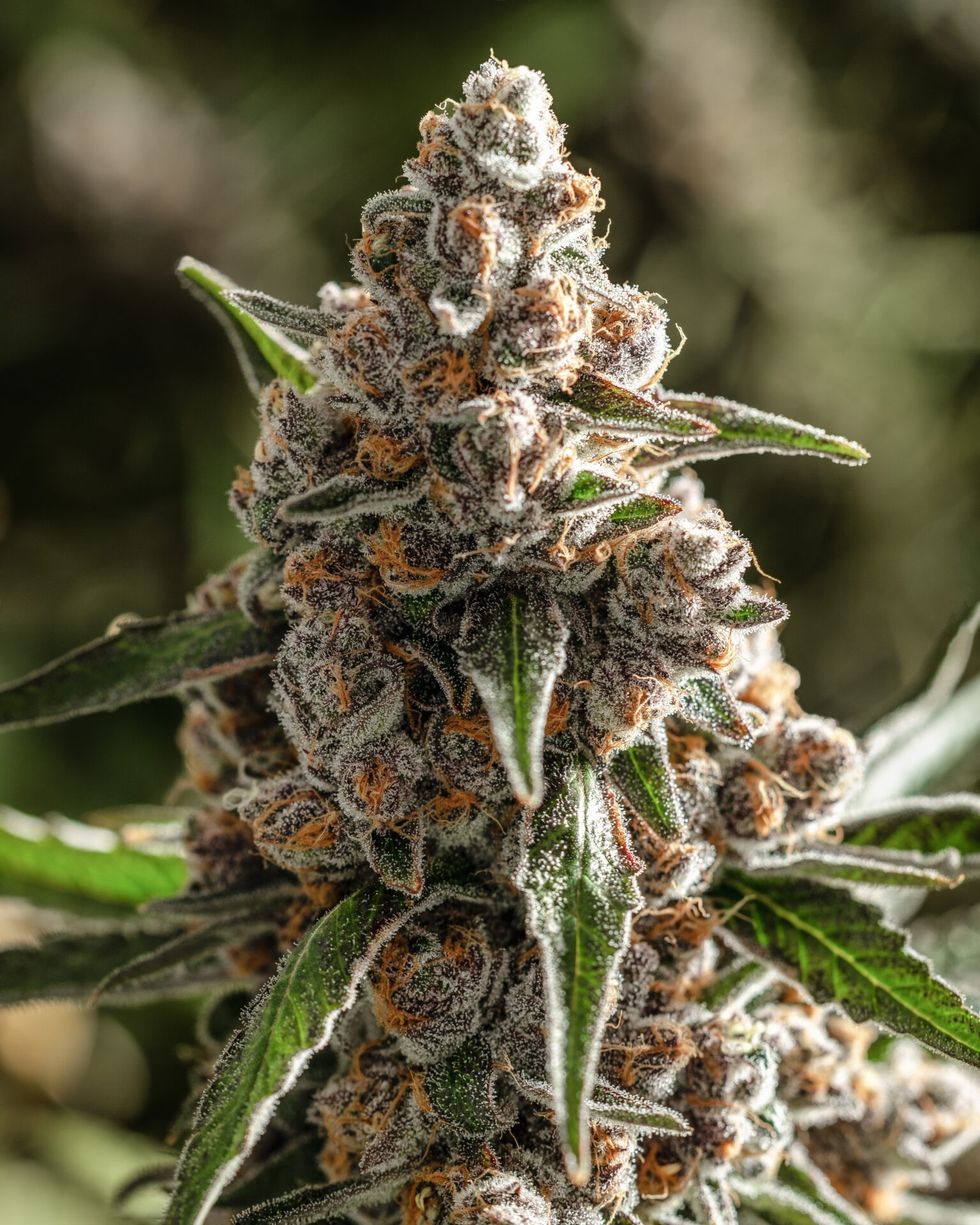 Super Boof Strain: 2024 Strain of the Year - The Bluntness
Super Boof Strain: 2024 Strain of the Year - The Bluntness Super Boof Strain: 2024 Strain of the Year - The Bluntness
Super Boof Strain: 2024 Strain of the Year - The Bluntness




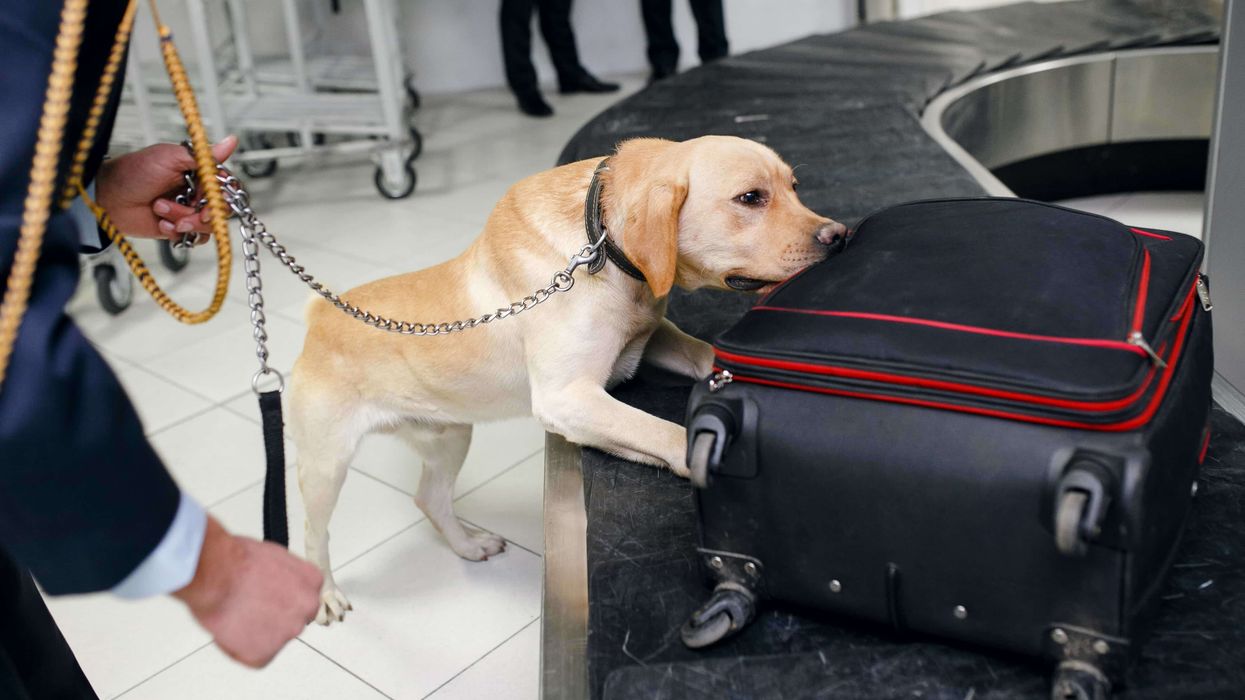

 How to Make a Cannagar Without a Mold: A Comprehensive Guide - The Bluntness
Photo by
How to Make a Cannagar Without a Mold: A Comprehensive Guide - The Bluntness
Photo by 
 Acapulco Gold Cannabis Strain Review - The Bluntness
Acapulco Gold Cannabis Strain Review - The Bluntness Acapulco Gold Cannabis Strain - The Bluntness Blimburn Seeds
Acapulco Gold Cannabis Strain - The Bluntness Blimburn Seeds
 Ayrloom Orchard Sunrise Cannabis Infused Gummies
Ayrloom Orchard Sunrise Cannabis Infused Gummies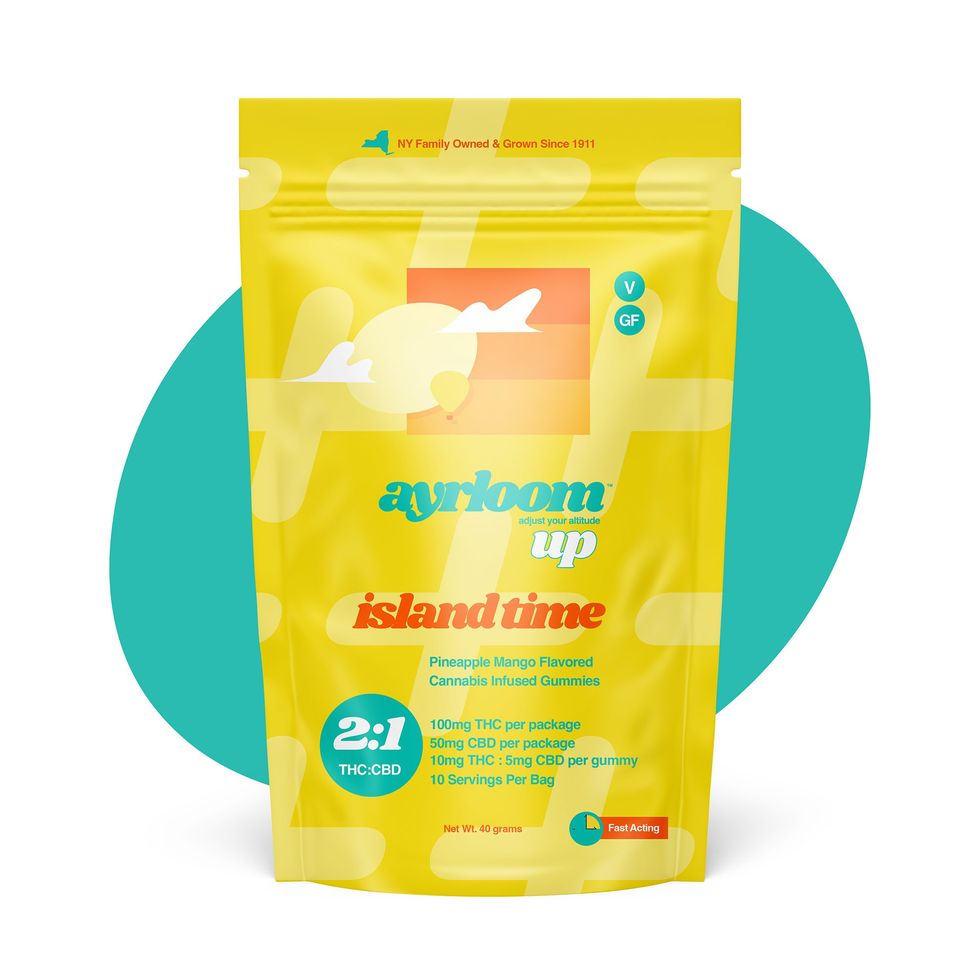 Ayrloom Island Time THC Gummies - Pineapple Mango Flavor
Ayrloom Island Time THC Gummies - Pineapple Mango Flavor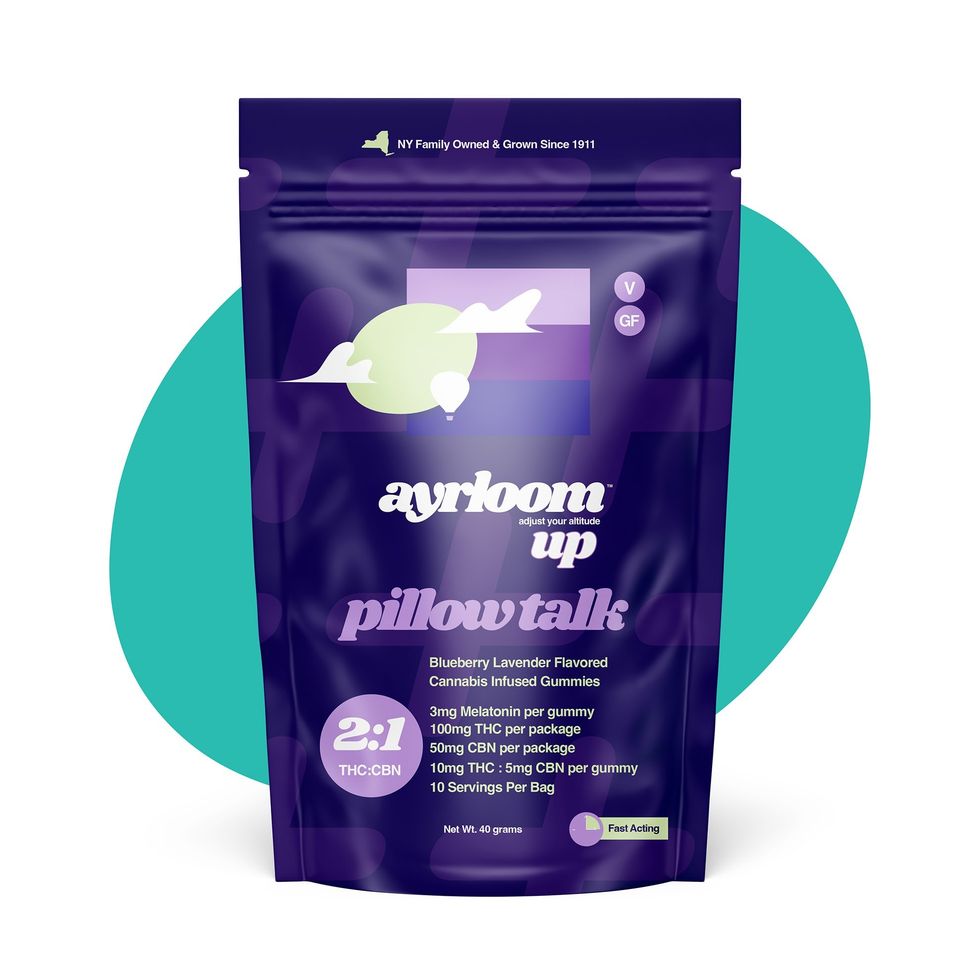 Ayrloom Pillow Talk - Sleep Gummies
Ayrloom Pillow Talk - Sleep Gummies 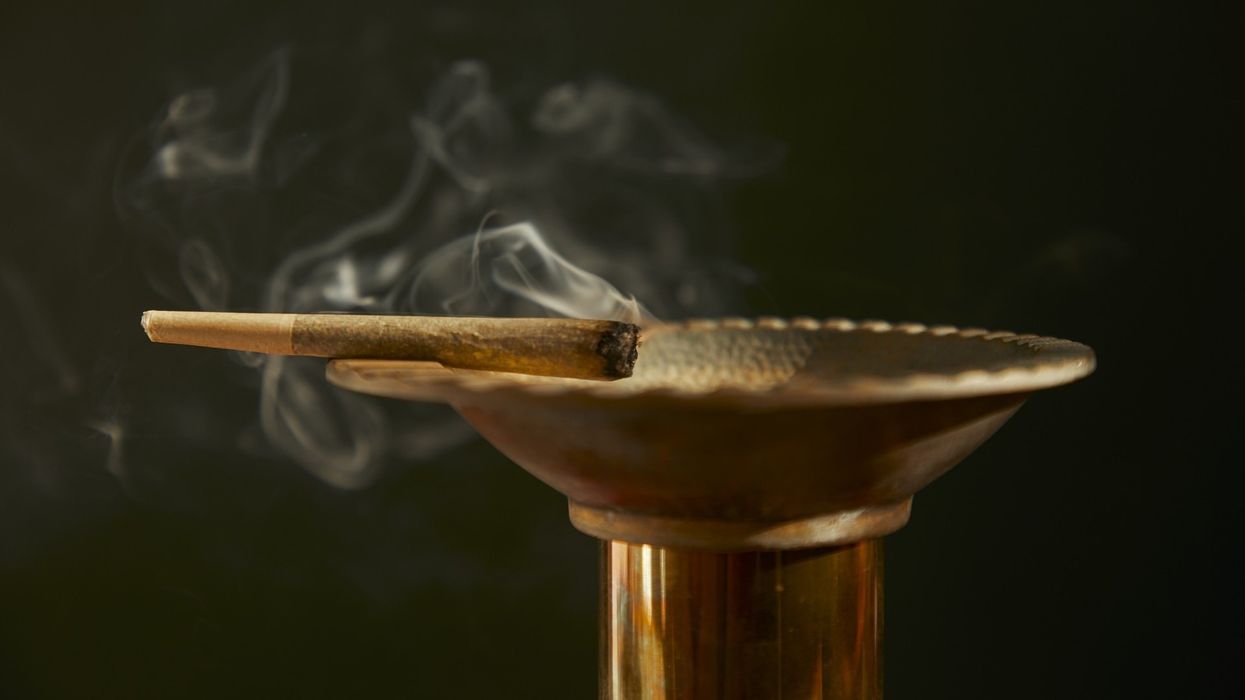
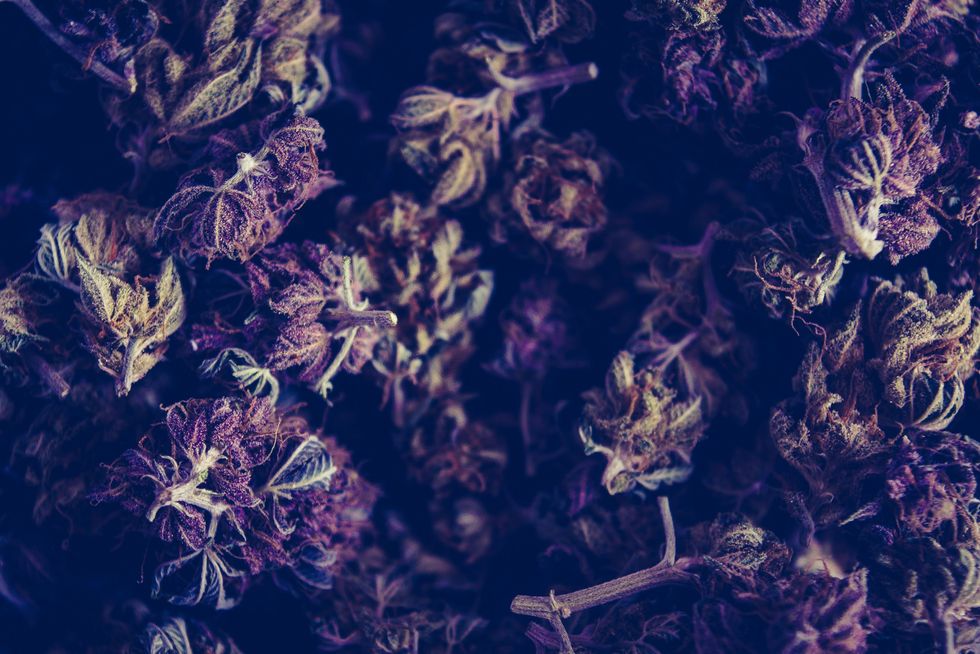 What is reggie weed? - The Bluntness
Photo by
What is reggie weed? - The Bluntness
Photo by